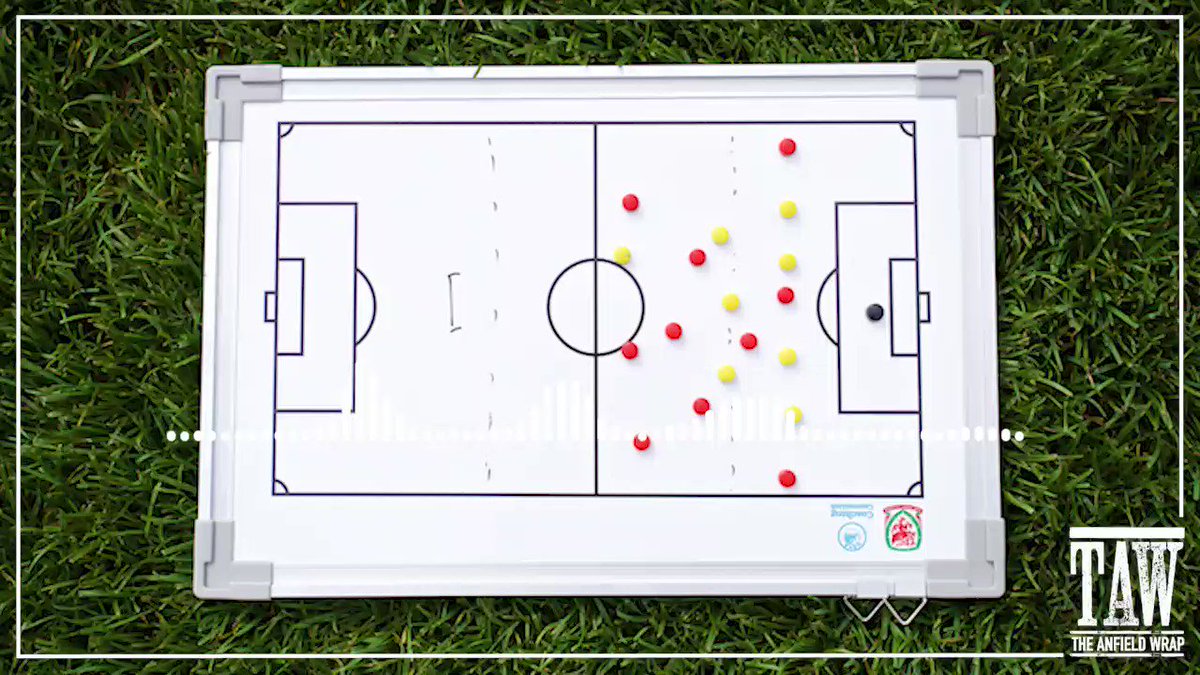In the realm of football, Italy's Serie A has long been regarded as the bastion of tactical sophistication and defensive rigor. Historically celebrated for its catenaccio system—a strategy emphasizing a strong defensive setup and counter-attacks—Serie A has undergone a remarkable tactical evolution, embracing a more balanced and dynamic approach that marries defensive solidity with attacking flair.

This transformation has not only reinvigorated the league but also underscored the adaptability and tactical depth inherent in Italian football.
The origins of Serie A's tactical evolution can be traced back to a period when Italian clubs dominated European competitions with their defensively astute gameplay. However, as football progressed, so did the strategies employed across the sport, prompting Serie A to adapt. The turn of the millennium marked the beginning of this transformation, as coaches began to experiment with formations and tactics that offered both defensive stability and offensive potency.
Central to this evolution was a shift from the traditional libero role—a sweeper behind the line of defense—to a more versatile center-back pairing capable of initiating attacks. This change facilitated a more fluid transition from defense to attack, allowing teams to exploit the spaces left by opponents. The midfield, once a battleground for attrition, became the engine room of creativity and tactical flexibility. The introduction of dynamic midfielders capable of defending, dictating play, and contributing to attacks became a hallmark of the modern Serie A side.
In addition to changes in player roles and formations, Serie A witnessed an ideological shift towards pressing and possession-based football. Teams began to adopt a more proactive approach, seeking to control games through possession and applying pressure high up the pitch to recover the ball quickly. This strategy not only disrupted opponents' plans but also allowed teams to create scoring opportunities through forced errors and positional advantages.
The influx of foreign coaches in Serie A further accelerated the tactical evolution. Managers like Maurizio Sarri and Antonio Conte introduced systems that emphasized fluid passing, high pressing, and vertical movement, challenging the traditional tactical orthodoxy. Sarri's "Sarriball" at Napoli and Conte's revitalization of Inter Milan showcased the effectiveness of these philosophies, leading to a league-wide reassessment of tactical approaches.
The evolution of Serie A's tactics is also reflected in the diversity of formations now employed by teams. While the 4-3-3 and 3-5-2 formations have become increasingly popular, there is a significant variation within these setups based on the personnel and strategic preferences of each coach. This diversity has led to more unpredictable and exciting matches, with teams now capable of altering their tactical approach mid-game to gain an advantage.
Moreover, the tactical sophistication of Serie A has contributed to the development of some of the world's best defenders and tactically astute players. Italian football's emphasis on tactical education from a young age has produced players who are not only technically proficient but also highly intelligent and adaptable to various systems and styles of play.
The tactical evolution of Serie A has not only made the league more competitive and entertaining but has also reaffirmed Italy's reputation as a cradle of tactical innovation in football. The blending of defensive discipline with attacking ingenuity has elevated the tactical discourse, making Serie A a fascinating study for football aficionados and aspiring coaches alike.
As Serie A continues to evolve, it remains a testament to the enduring nature of tactical innovation within the beautiful game. The league's ability to adapt and innovate ensures that it remains at the forefront of footballing excellence, captivating fans with a blend of tradition and modernity that is uniquely Italian. This ongoing evolution promises to keep Serie A as a pivotal arena where tactical minds meet, compete, and inspire the next generation of footballing philosophy.